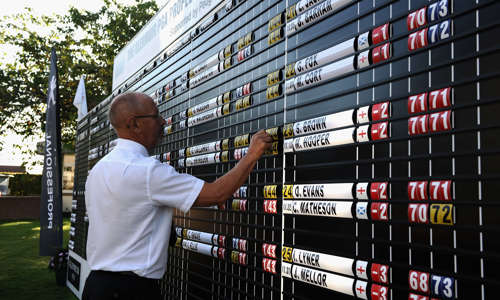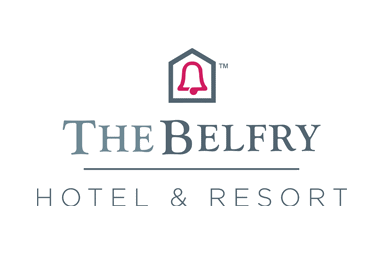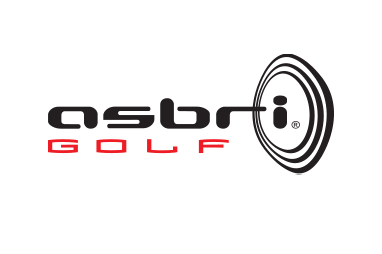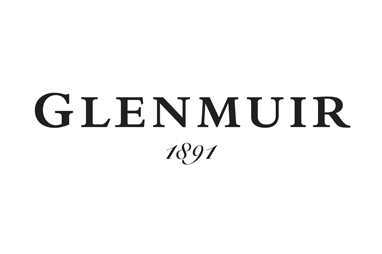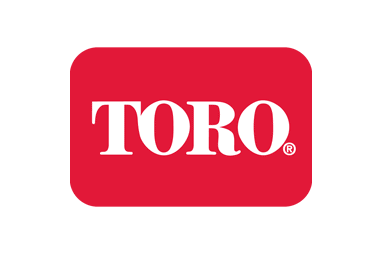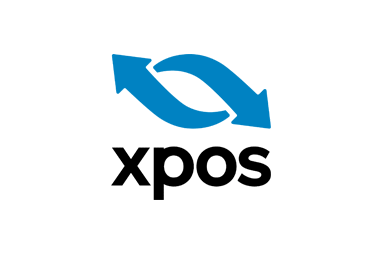However, when we created a situation similar to this with athletic jumps coaches, by sharing some film footage and background data, something interesting occurred. The coaches all offered their view as to what they would do with that athlete initially. The responses, analysed by a highly regarded long jump coach who was unaware of the aims of study, were all deemed to be entirely reasonable.
However, while there was some clustering of ideas around topics such as working on technique or power, the responses were perhaps more notable for the variability of answers across the group of coaches. This may not be immediately concerning, until you consider whether, if the coaches are all seeing something different, they can all be right. The answer is actually yes! However, if they are all right, it also means they’re all missing something that others are seeing. So, while they’re right there’s a good chance they’re also missing something. In short, they’re only partially right.
Interestingly, when we manipulated the task, something interesting happened. The manipulation was simple but deliberate. We introduced uncertainty to the decision-making process by offering the following manipulation; participants were told to imagine that their original diagnosis and treatment was not working and to reconsider what else they would do.
It was at this point that the coaches became much more consistent, but not so much about the problem itself, but about how they would go about solving the problem. Essentially, three approaches emerged:
- Engage in a modelling process that drew on theoretical view on technique analysis, deterministic modelling (in long jumping that would look at the point of take-off and work back from there)
- Collect more reliable data by slowing down the process via filming and reviewing
- Draw on the ideas of other coaches, engage in some peer review
The sense was that by engaging in this process a more complete answer would emerge. The question is, therefore: why didn’t the coaches go to this approach initially?
This is the sort of question that has been considered by psychologists (predominantly in economics!).
The famous psychologist Daniel Kahneman inferred that humans have a tendency to do first and think later. In this study, it appeared to be the introduction of uncertainty that aligned with a shift in the approach to the thinking.
Professional judgement and decision making
| Theoretical view |
Summarised description of what happens |
| Common Perception |
|
| Dual Processing (Kahneman) |
- Type 1 Decision Making
- Type 2 Decision Making
|
| Decision Modes (Yates and Tschirhart) |
- Analytic (Formalistic or Folk)
- Rule Based (Formalistic or Folk Rules)
- Automatic/Intuitive
|
Professional judgement and decision making (PJDM): A way of practising good judgement
This paper was designed to investigate whether coaches always engaged in professional judgement before engaging in decision making.
So, what is PJDM? One of the core constructs is a willingness to engage with theoretical expertise to inform practical expertise. As we can see above, this wasn’t necessarily happening until some uncertainty was introduced, but there is a little more to it than this. Returning to Daniel Kahneman’s work, he and Amos Tversky researched and popularised the idea of thinking fast and thinking slow.
In essence, the paper that they authored referred to Type 1 thinking, which is fast and intuitive, and Type 2 thinking which is slower and more deliberative.
The common primary functions of coaches with aligned views on skills and knowledge domains
Primary functions
| Set a relevant vision, goals and strategy/plan for the programme/ participant/athletes |
Create the right environment for the fulfilment of programme/ participant/ athlete goals |
Conduct appropriate practices and where appropriate select and prepare for appropriate competitions |
Reflect on own performance and embrace a lifelong learning attitude to the profession to strive for continuous improvement |
Build positive relationships with all stakeholders (i.e. participants/ athletes, club officials, parents etc) |
Make informed decisions related to programme/participant/ athlete training and performance in a dynamic environment
|
The capacity to engage in meeting these primary functions requires a synoptic application of all of these theories, skills and professional competences. The contribution of each being dependent of the specific context and demands.
Exemplar professional competences/skills
|
1. Reflect continuously on coaching practice, challenge and personal assumptions and beliefs to improve future performance.
2. Seek out, synthesise and apply relevant concepts, theories and principles.
3. Make and critically reflect on decisions in complex and unpredictable situations.
|
4. Recognise and resolve problematic and atypical coaching issues through the generation innovative strategies and solutions.
5. Build and maintain effective coach-participant relationships.
6. Design and implement an optimal learning environment to impact on participants’ performance needs.
|
7. Adapt interpersonal, teaching and instructing behaviours to the needs of participant(s) ad context.
8. Develop participants to be autonomous decision makers.
9. Design, implement, monitor, evaluate, and regulate advanced training and competition programmes that are congruent with participant need and entitlement.
|
10. Design and implement a planned and strategic approach to performance improvement.
11. Develop and manage an appropriate support structure to facilitate meaningful growth, development and improved performance.
12. Manage change in the context of the wider sporting, legal, political and socioeconomic landscape.
|
There is a strong level of linearity linking competences to knowledge and skill domains. However, thee is also an obvious interrelationship between all of these boxes.
Knowledge domains
| Understanding of the process and practice of coaching |
Understanding the context |
Understanding the sport and sport curriculum |
Understanding of Self |
Understanding of the participant |
Understanding Pedagogy |
Implications for PGA Professionals
I want to conclude by focussing on the rules that you may use. Returning to where they come from, they can be grounded in academic ideas or experience. It would be obvious to say that an academic rule is only useful if it makes sense in our experience and practice. However, if our rules only come from our experience they can be limiting, as they often develop without our explicit awareness.
Try this for example. We know that coach-athlete relationships are important. What questions would you ask a new golfer when you first meet them? Why those questions? Why not other questions?
If you’re struggling to answer these questions, but yet consider yourself as someone who has good relationships with your golfers, it is likely that your rules are more folk heuristics (i.e. not really known to us) than formalistic rules.
This is problematic, since if we’re not really aware of our practice, it is very hard to reflect on it! I actually use this question with coaches and coach developers in modules I deliver that are focused on knowing our ‘clients’. It is always an interesting opportunity to raise curiosity about how well we really know our practice.
So, what are your rules? This is actually a tough question as you probably have hundreds of them without even knowing many of them, at least not without some significant prompting. In fact, when we explore the range of problems that coaches encounter, and the breadth of knowledge required, it wouldn’t make sense to try and know them all. We know that much of human practice is based on experiential heuristics.
So perhaps a better question would be: which rules would you like to be more aware of and knowledgeable about? Where would being ‘more professional’ be of benefit to you? A way of exploring this is to consider what your job is, and what the most important tasks or challenges are that you are trying to overcome. Along with colleagues from the International Council for Coaching Excellence we created a view on this for what degrees should be supporting graduates and probably postgraduates to do.
This was an attempt to capture core tasks that coaches are often required to engage in with a view on skills that they would need, aligned with a view of what knowledge underpins these skills.
"Whatever the core tasks are that you engage with, I would encourage you to consider what the rules, concepts and principles are that guide your practice."
The table is not exhaustive, and you may well be looking at the table noticing tasks or skills that are missing that are significant in your role (i.e. your context).
Whatever the core tasks are that you engage with, I would encourage you to consider what are the rules/concepts/ principles (these all mean similar things) that guide your practice. If you’re struggling to think of them, try listing what you think your core tasks are that you have to overcome (e.g. analyse the stroke play of a talented junior around a course) and think about what advice you would offer someone else who also wanted to know how to complete that task.
know how to complete that task. This advice will typically emerge in the form of a rule or a few rules. Once you have done this, think about how you would justify why that, or those were good rules and why they were helpful. Indeed, when would you switch to another rule and why?
To conclude, it is fair to say that there may be some elements of your practice that you enjoy engaging in intuitively, that you wouldn’t want to unpack.
I love music – I can’t play an instrument, I can’t sing, I can’t read music, but I love music. I am more than happy to leave it that way, I just loving listening to music and going to gigs. I don’t feel the need to understand why. But if I was going work in the industry, or even if I wanted to use music to support tempo development in movement as a coach, I would probably need to be clearer on what music is, how and why it works.
Some would suggest it then loses its innocence, but I can’t improve on it if I don’t really understand it. I have deliberately finished the article as I started it: with a metaphor. And as promised I’ll offer a brief rationale why I think using metaphors/examples is a good rule for supporting learning. They are strongly connected with the theory of constructivism.
This theory supports the idea of building on knowledge that learners already have and hopefully find meaningful. It is the meaningful bit that is really useful, as it promotes a sense of connection and potentially curiosity. Curiosity is a drive to want to know more.
This ties in with the key rule that learning is done by the learner – it is their energy and intention that will drive that. So, in fact, it is actually what you do, but perhaps more importantly, it is also the why that you do it!
Click here for bibliography.





